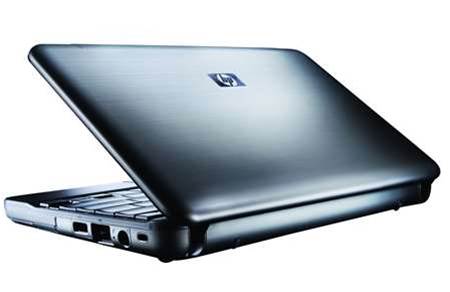
Analysts had predicted HP’s revenue to come in at $33.09 billion, but the company has trumped the lot of them with its own estimate of $33.6 billion.
The firm smugly noted it was doing well thanks to "global reach, diverse customer base, broad portfolio and numerous cost initiatives."
HP also got quite a boost from its newly purchased Electronic Data Systems Corp. Although HP had to splash out $13.9 billion for EDS back in August, the smaller firm managed to boost HP’s revenues significantly.
How significantly? Well, counting EDS’s contribution, HP’s revenue for the quarter grew 19 per cent year-over-year (16 per cent when adjusted for the effects of changing currency exchange rates), but without EDS, HP’s revenue only grew five per cent, or two per cent when adjusted for currency effects.
For this fiscal quarter, ending in January, HP reckons earnings will come in at 80 to 82 cents a share, with adjusted earnings of 93 to 95 cents a share, on sales of $32 billion to $32.5 billion.
When the shock of the announcement wore off, investors put their money where their sagging open mouths were, sending HP shares soaring by 12 per cent to $32.74.
But HP isn’t exactly printing its own money just yet. Shares are still down about 34 percent year-to-date.
Still, a little optimism never hurt anyone. µ

_(20).jpg&h=140&w=231&c=1&s=0)






_(26).jpg&w=100&c=1&s=0)

 iTnews Executive Retreat - Security Leaders Edition
iTnews Executive Retreat - Security Leaders Edition












_(1).jpg&h=140&w=231&c=1&s=0)



